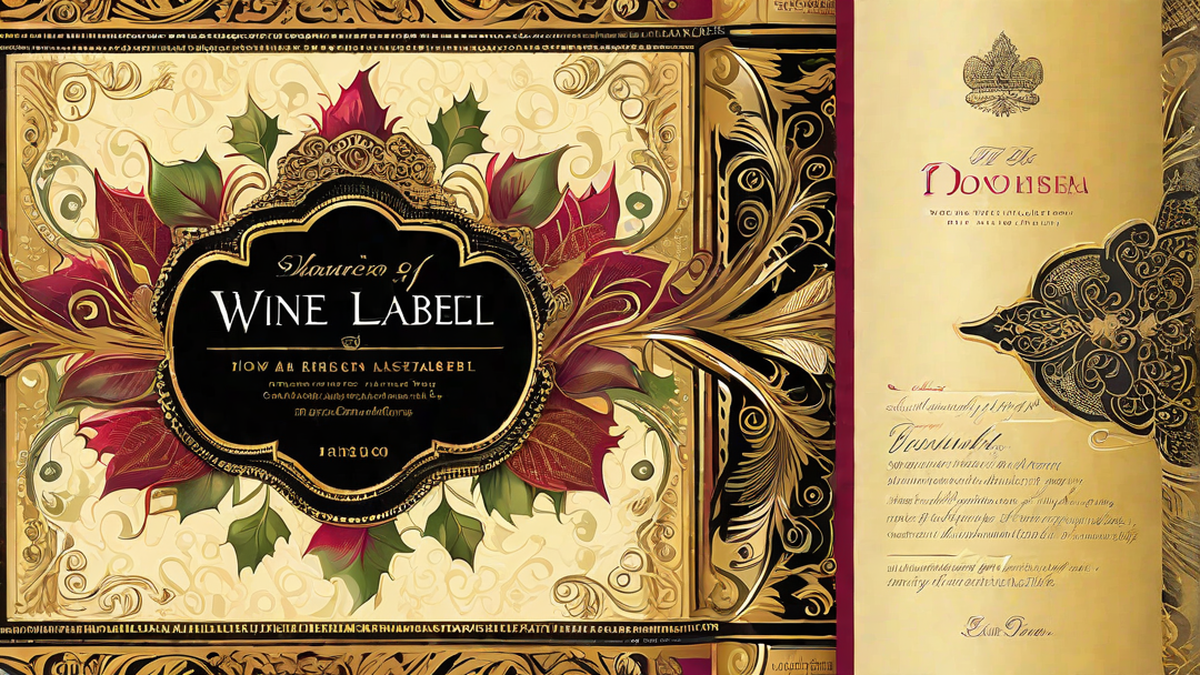Let me lead you on a journey to discover the secrets behind a wine label. As someone passionate about wine, I’ve always been fascinated by the subtle and intriguing information these labels hold. Join me in delving into the complexities of interpreting a wine label, revealing its components, and acquiring the insight necessary to make informed choices when selecting a bottle of wine.
The Basics: Varietal, Vintage, and Region
When I first started exploring the world of wine, I was overwhelmed by the sheer amount of information on a label. But fear not! Understanding the basics will put you on the right track. The very first things to look for are the varietal, vintage, and region.
The varietal refers to the type of grape used to make the wine. Whether it’s a bold Cabernet Sauvignon, an elegant Chardonnay, or a vibrant Sauvignon Blanc, the varietal gives you a clue about what to expect in terms of flavor profiles.
Next, the vintage indicates the year the grapes were harvested. Keep in mind that wines can vary significantly from year to year due to weather conditions and other factors. Older vintages often have more complexity and can be a delightful experience for wine enthusiasts.
The region on the label tells you where the grapes were grown. Different regions around the world have distinct terroirs, which contribute to the wine’s character. For example, a Pinot Noir from Burgundy, France, will have different qualities than one from California’s Sonoma County.
Additional Information: Appellations, Alcohol Content, and more
Now that we have covered the basics, let’s explore the additional information you may encounter on a wine label. One important term to know is appellation. An appellation is a legally defined and protected geographic area where the grapes are grown. It helps establish the wine’s authenticity and quality.
Alcohol content is another crucial detail to consider. It is usually expressed as a percentage on the label. Higher alcohol levels can give a wine more body and richness, while lower levels may result in a lighter and more delicate taste.
Some labels may also include the winemaker’s name, which can be a testament to the producer’s reputation and skill. If you discover a winemaker whose creations consistently win your heart, it’s worth keeping an eye out for their name.
Understanding Label Designations: Reserve, Grand Cru, and more
Label designations can provide further insight into the wine’s quality and production process. Terms like Reserve, Grand Cru, or Single Vineyard indicate that the wine has met certain criteria and gone through additional steps to enhance its quality. These designations often result in a price increase, but they can be indicative of exceptional wines.
It’s important to note that some label terms are specific to certain countries or regions. For example, in Italy, you may come across the term “Riserva” for aged wines. Exploring different wine regions and their unique designations can be an exciting way to learn about the world of wine.
Conclusion
Reading a wine label is an art that takes time and practice. By understanding the basics of varietals, vintages, and regions, along with additional details like appellation and label designations, you gain valuable insights into the wine you are about to enjoy. So, next time you pick up a bottle of wine, take a moment to appreciate the label and let it guide you on a delightful and flavorful journey.
